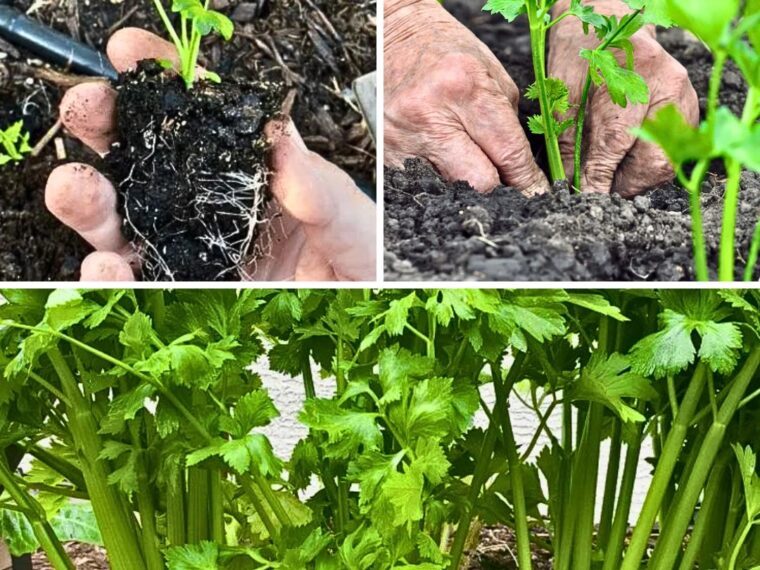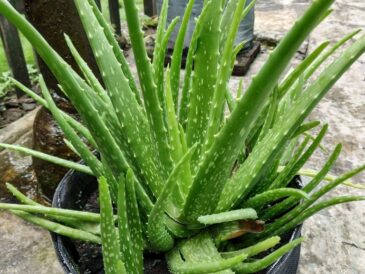6. Neglecting Fertilization
Celery requires regular feeding to produce healthy, flavorful stalks. Neglecting fertilization or using the wrong type of fertilizer can lead to poor growth and low yields.
What to avoid:
- Failing to fertilize during the growing season, which can result in nutrient deficiencies.
- Using fertilizers that are too high in nitrogen, which can encourage leaf growth at the expense of stalk development.
Best practice:
- Fertilize celery regularly with a balanced fertilizer or compost tea, starting a few weeks after transplanting and continuing throughout the growing season.
- If using a commercial fertilizer, choose one with a balanced ratio of nitrogen, phosphorus, and potassium (such as 10-10-10) to support overall plant health.
7. Not Blanching the Stalks
Blanching is a technique used to produce tender, pale celery stalks by limiting their exposure to sunlight. Skipping this step can result in bitter, tough celery.
What to avoid:
- Allowing celery stalks to grow in full sunlight without any blanching, which can cause them to become overly green and bitter.
Best practice:
- Start blanching celery stalks about 2 to 3 weeks before harvest. This can be done by loosely wrapping the stalks with newspaper, cardboard, or using commercially available blanching collars.
- Alternatively, you can hill up soil around the base of the plants to cover the stalks and block sunlight.
Conclusion
Growing celery can be a rewarding experience, but it requires attention to detail and careful management. By avoiding these seven common mistakes—starting seeds too late, not providing adequate moisture, planting in poor soil, crowding plants, ignoring temperature requirements, neglecting fertilization, and not blanching the stalks—you can increase your chances of a successful harvest. With the right care and conditions, you’ll be able to enjoy crisp, flavorful celery fresh from your garden.




